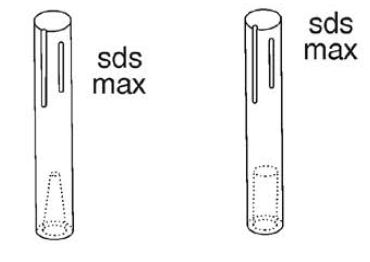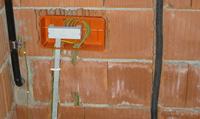Miwhoo wrote:
The combination of both protection measures provides the greatest safety, because it provides protection against direct discharge and its effects, which are overvoltages induced in the installation.
Welcome back.
I agree with your statement, I always explain to the client and interested persons that there is no 100% protection of installations or property against discharges or other sources of overvoltage, but we limit the potential damage.
My question typically concerns 10 ohms - because the amount of work and material used, resulting from the cost estimate, was not enough to obtain 10 ohms on each of the individual earth electrodes. Therefore, I would like to fully explain this topic - mainly with an eye on how to calculate the resultant resistance of the entire earthing electrode, because from what I have understood from various sources - I do not know if it is correct - what counts is the resultant result of the entire earthing electrode?
Coming back to grounding and GSW - I will not start a new thread unless the moderators decide otherwise.
What to do when some rooms on one of the levels of a 4-story building need to be modernized. There is an electrical switchboard on each level ("plugs" protection on an ebonite board)
TN-C system, it is not possible to add a protective conductor.
A new switchboard is to be built in a different place just for the rooms being renovated. If I now divide PEN into N and PE in the new switchboard, use differential switches but do not ground the PE point - will this be correct? (distribution power cable 10mm Cu)
Regards





